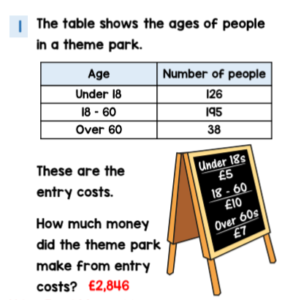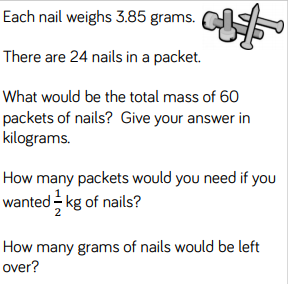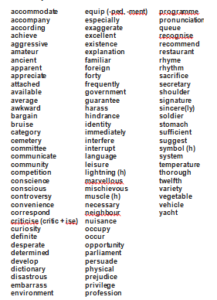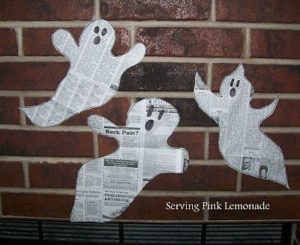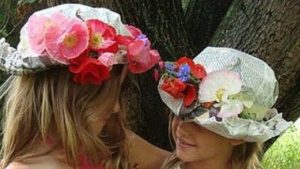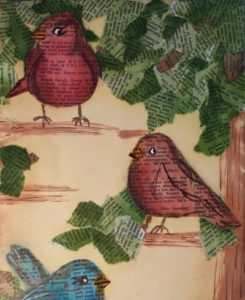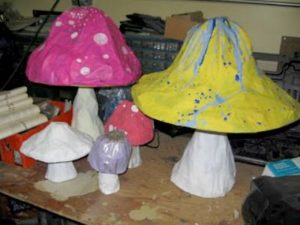Hello Year 5,
I hope you have enjoyed your first week of the remote learning for the summer term. Below you will find all of your home learning activities for this week – we hope you enjoy completing them. Don’t forget to email through your favourite piece of work so that we can see all of the great learning you have done.
This week’s tasks are as follows:
Reading:
Remember to read an age appropriate book for at least 20 minutes each day
Task 1: Write a new blurb for a book that has been read. How would you summarise it for the reader without giving too much away?
Task 2: Choose a non-fiction book of your choice and create a fact page on your chosen topic.
Writing:
This week in English we would like you to use the Oaks National Academy website to work on writing a strong story ending. You will have 5 lessons over the course of the week and all you need to do is click on the link for each lesson and follow the instructions.
Lesson 1: To make comparisons within and between books
Lesson 2: To make predictions from the text.
https://www.thenational.academy/year-5/english/story-reading-comprehension-predicitons-year-5-wk6-2
Lesson 3: To identify the features of a story.
https://www.thenational.academy/year-5/english/story-identifying-the-features-of-a-text-year-5-wk6-3
Lesson 4: To use speech correctly.
https://www.thenational.academy/year-5/english/story-spag-focus-speech-year-5-wk6-4
Lesson 5: To write an alternative ending to a story
Maths:
Task 1: 20 minutes of times tables work every day. Use TT Rockstars to help you practise.
Task 2: Arithmetic task and times tables task on Sumdog.
Task 3: There are 2 activities set on My Maths to complete. Use your log in details to get onto the website.
Task 4:
Taken from White Rose problem solving:
Challenges:
From White Rose Y5 Maths
Spellings and Grammar:
Task 1: Spelling task on Sumdog.
Task 2: Grammar task on Sumdog.
Task 3:
What do we mean by ‘in dictionary order’?
How can we work this out?
Write these words in dictionary order.
Find the definitions for each of the words. Start with the words you don’t understand.
Continue to learn the spellings on the Year 5/6 Spelling List – do a few at a time.
Family Science Activity
Homemade Lava Lamp
https://www.rigb.org/families/experimental/homemade-lava-lamp
ExpeRiment with objects of different shapes and sizes. See what makes a difference to whether something sinks or floats in water.
Learn how an object’s density affects if something is likely to sink or float.
https://www.rigb.org/docs/lavalamp_infosheet_0_1.pdf
Questions to ask children:
- Before each activity: can you predict what will happen? Why do you predict that? (For example, can you predict what will happen when we squash the tin foil really tightly?
- Can you predict what will happen if we use metal spoon instead of a plastic one?
- Can you predict what will happen if we peel the fruit?) Why does the diet drink float while the non-diet one sinks?
- What do you think will happen when we pour the oil into the glass of water? Why?
- What do you think is in the bubbles that are rising up in the lava lamp? Why do you think they sink back down again?
Going Further:
- You can give your child or children a lump of plasticine and explore how to mould the plasticine into shapes that float. Discuss what the floating shapes have in common compared to shapes that sink.
- The density of an object affects its buoyancy. You can learn more about this and how density affects whether something sinks or floats here: http://bit.ly/
- Buoyancy You can try to make a ‘density tower’ by floating liquids of different density on top of each other, as shown in this video: http://bit.ly/DensityTower
- Here’s a quick lava lamp using fizzy water – http://bit.ly/FizzyLavaLamp
Topic – India
L.O: To research the key features of a contrasting country.
As part of our country study we would have been researching India. Over the coming weeks we will give you areas of research for you to find details and put them together in an interesting way of your choice.
Continue researching:
- The geography of India – climate, cities, mountains, rivers, countries that border India, lines of longitude and latitude, seas/oceans, the continent it is part of…
- The history of India – currency, buildings, famous people…
Websites to help:
https://www.coolkidfacts.com/india/
https://study.com/academy/lesson/india-lesson-for-kids-history-facts.html
https://www.ducksters.com/geography/country/india_history_timeline.php
Art
Read all about it! St Peter’s are IN THE NEWS!
For this week’s Art Challenge I would like you to produce some art using old newspapers or magazines! It can be anything from cutting out shapes and creating your own abstract art, or landscape, to making something using Paper Mache. What you make can be left black and white or even painted (using watercolours is very effective). Whatever you create I’m sure you will ‘Make the headlines’ on the Art Blog!
Ideas to inspire you:
However, if this doesn’t appeal to you can still send any other art work to me and I will post that on the Blog too.
Please email your artwork to me:
n.pearson@stpeterswaterlooville.hants.sch.uk
Thank you
Keep creating and keep safe!
Mrs Pearson
Music
Go to the website below and watch Naomi Wilkinson’s video about Heitor Villa Lobos.
https://www.bbc.co.uk/teach/ten-pieces/classical-music-heitor-villa-lobos/z4nsmfr
| Heitor Villa-Lobos – Bachianas brasileiras No. 2, The Little Train of the Caipira (finale) – BBC Teach
Classroom resources for Ten Pieces Trailblazer Heitor Villa-Lobos who brought the instruments, rhythms and melodies of his home, Brazil, into the concert hall, creating a vibrant, exciting new sound. www.bbc.co.uk |
Why was Heitor Villa Lobos considered a musical trailblazer?
Now listen to the whole piece on the 2nd video.
- Choose your own form of transport. What is the main rhythm it makes? (For example what rhythm might the pedals on a bike or the oars on a rowing boat make?
- How could you play this rhythm? (Perhaps you could recreate the rhythm of the oars by splashing your hand in a bowl of water.)What other sounds does your transport make? How can you add these?
- Could other members of your family join in so you can layer the sounds?
